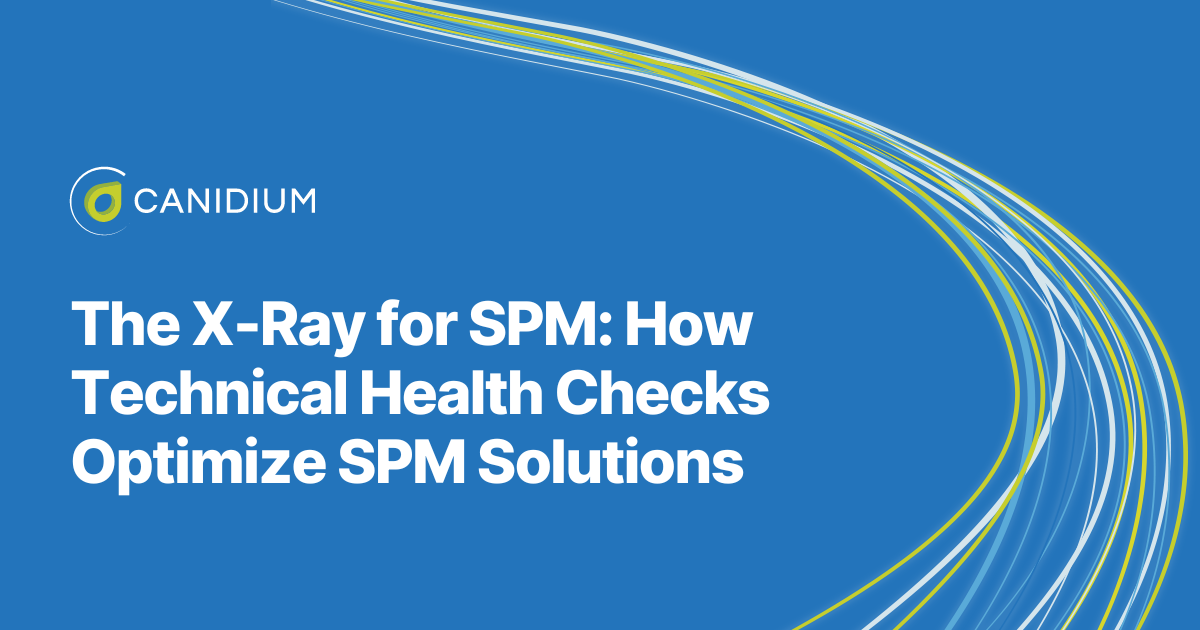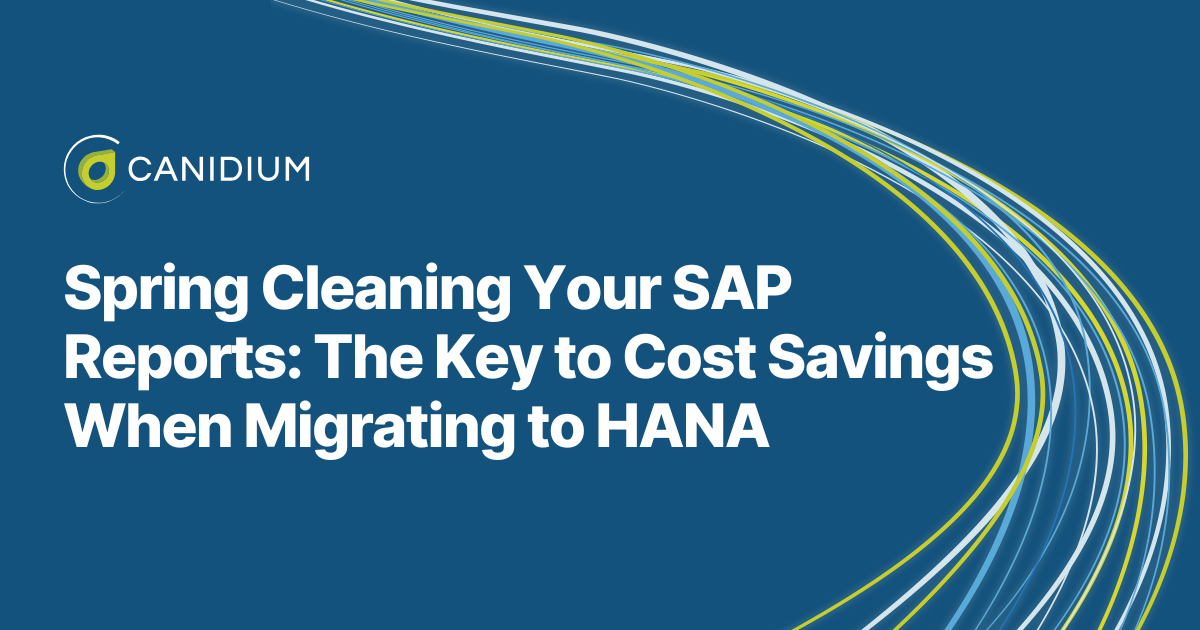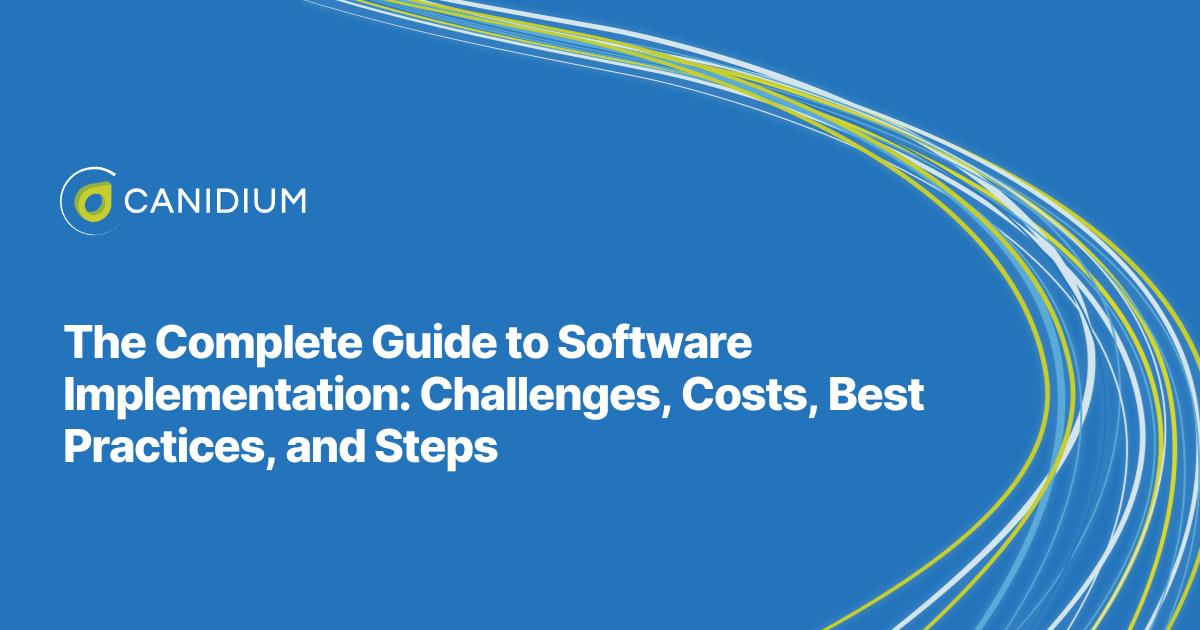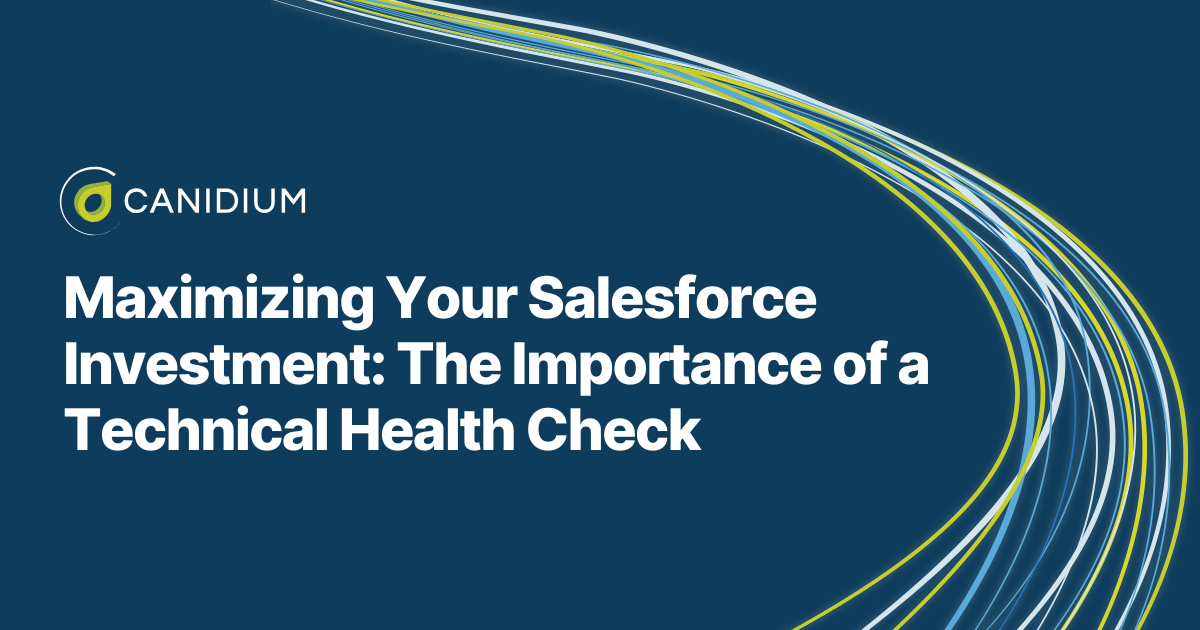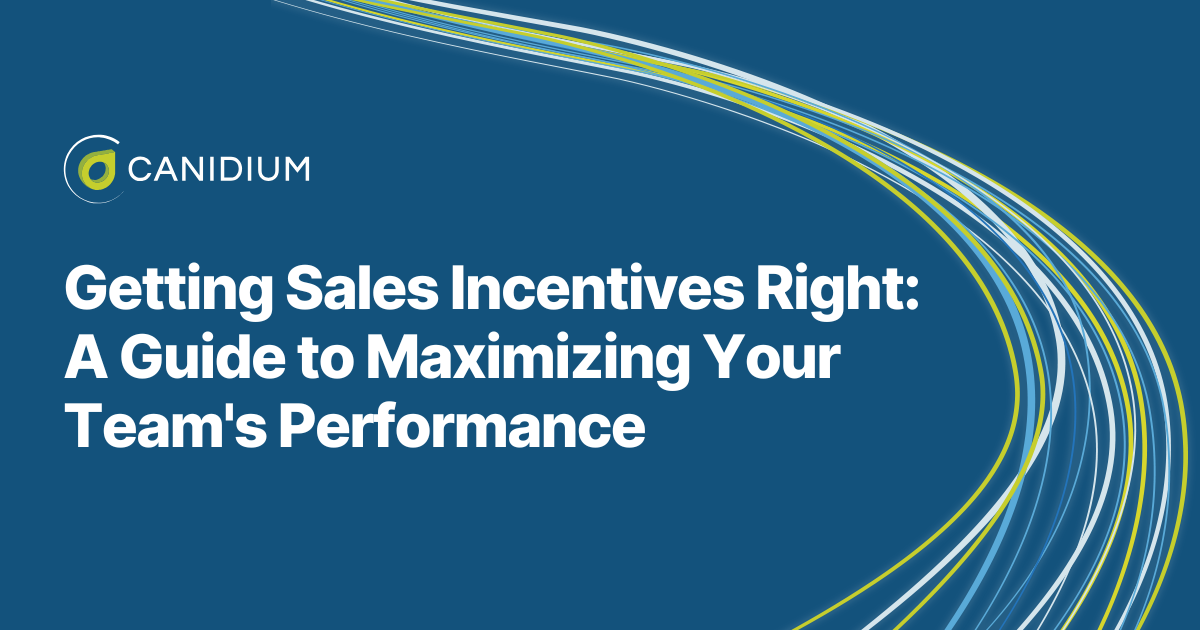Technical health checks are a valuable tool if your organization is experiencing any of these problems:
- Low rep adoption
- Shadow accounting
- Lack of trust in SPM software
- User confusion
- Slow processing time
- Lack of reporting
- Lack of training
- Challenging organizational changes
This article will explain a technical health check, what problems it can solve, and how Canidium performs them.
What is a technical health check?
A technical health check, also known as a system or infrastructure audit, is a process by which an organization evaluates the general health, performance, and security of its IT systems, software, and hardware components. The objective is to detect any current problems, weaknesses, or opportunities for enhancement to guarantee the system's dependability, stability, and effectiveness.
Typical elements included in a technical health check
- System Performance Analysis: Evaluate the performance metrics of servers, networks, and applications to identify any bottlenecks or areas of suboptimal performance.
- Security Assessment: Thoroughly examine security measures, including firewall configurations, access controls, encryption protocols, and vulnerability scanning, to identify potential weaknesses or areas of concern.
- Data Backup and Disaster Recovery Evaluation: Review the organization's data backup strategies and disaster recovery plans to ensure that critical data is adequately protected and can be restored in an emergency.
- Software and Hardware Updates: Check if the software and firmware versions are up-to-date and identify any required patches or updates to improve system stability and security.
- Network Infrastructure Review: Assess the network architecture, bandwidth utilization, and security to ensure efficient data flow and protection against threats.
- Application and Database Analysis: Evaluate the performance and security of applications and databases, looking for any vulnerabilities that might expose the system to potential risks.
- Compliance and Governance Check: Verify whether the system adheres to relevant industry standards, regulations, and internal policies.
Why do you need a technical health check?
A technical health check is essential for several reasons:
- Identifying Issues Early: It helps with the early detection and resolution of potential problems, preventing them from escalating into critical issues that could lead to downtime or security breaches.
- Improved Performance: By analyzing the system's performance, organizations can optimize their infrastructure and applications, improving overall efficiency and user experience.
- Enhanced Security: A thorough security assessment helps identify and address vulnerabilities, reducing the risk of unauthorized access, data breaches, and other cyber threats.
- Compliance and Risk Management: Regular health checks ensure the organization stays compliant with relevant regulations and industry standards, mitigating legal and reputational risks.
- Cost Optimization: By addressing performance issues and inefficiencies, businesses can save costs on infrastructure, maintenance, and potential downtime.
- Future Planning: The insights gained from a technical health check can help organizations plan for future growth, technology upgrades, and scalability.
In general, conducting a technical health check can give organizations a detailed assessment of their IT systems' condition. This helps them to make informed choices that guarantee maximum performance, security, and stability.
What does a Canidium technical health check look like?
At Candium, we focus on three main areas:
- Configuration
- Automation
- Reporting and Analytics
We aim to provide a clear and concise blueprint for operational success with various SPM solutions. We also offer go-to-market sessions to ensure adoption and impartial guidance on what steps to take next.
Our process involves:
- Interviewing key stakeholders and users
- Conducting a System Assessment Impact Analysis
- Taking an unbiased customer-focused strategic approach
By working with us, you will learn about any inefficiencies in your environment, debug any unexpected behavior, optimize processes, and improve workflow. We also offer additional training workshops and whitepapers to help you continue to improve your operations.


